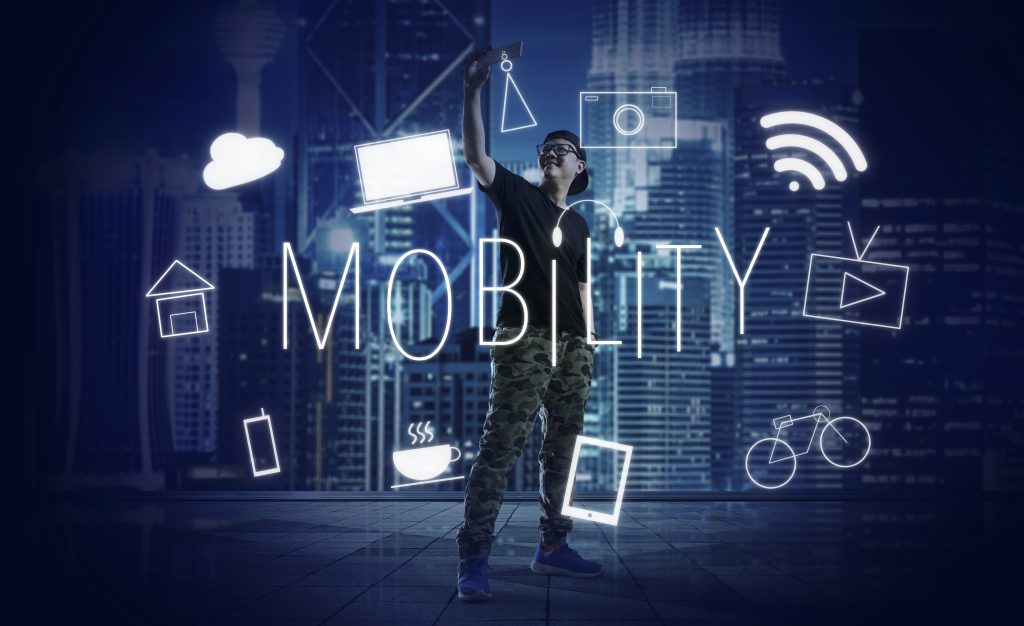As businesses continue to grow and evolve, so do their cleaning needs. The commercial cleaning industry has been experiencing significant changes in recent years due to advancements in technology. Automation and robotics are becoming more prevalent, while IoT (Internet of Things) devices are helping improve efficiency and sustainability. AI (Artificial Intelligence) is also revolutionizing the way we approach cleaning and maintenance. Additionally, emerging trends in green cleaning methods and products are gaining popularity as companies seek eco-friendly solutions for their facilities. Let’s take a closer look at how these technologies are transforming the future of commercial cleaning.
One of the most notable developments in commercial cleaning is the rise of automation and robotics. These innovative tools have proven to be highly effective in reducing labor costs and increasing productivity. For example, autonomous floor scrubbers can cover large areas quickly and efficiently without requiring constant supervision or monitoring. They use sensors to detect obstacles and adjust their path accordingly, making them ideal for cleaning floors in high traffic areas such as airports, shopping malls, and warehouses. Robot vacuums are another popular option that can be programmed to clean specific areas on a schedule. This allows janitorial staff to focus on other tasks while still maintaining a clean environment.

Another major player in the transformation of commercial cleaning is IoT. Smart sensors and devices are being used to monitor various aspects of building management, including temperature, humidity, lighting, and even air quality. By collecting data from these sources, facility managers can identify patterns and make informed decisions about when and where to clean. For instance, if a sensor detects higher levels of dust or pollutants in certain areas, it can trigger an alert to send cleaning crews to those locations immediately. This helps reduce waste by targeting cleaning efforts only where they are needed, ultimately leading to cost savings and improved overall indoor air quality.
AI is also playing a critical role in improving the effectiveness of commercial cleaning operations. Machine learning algorithms are being used to analyze data from various sources, including social media, customer feedback, and employee surveys. This information can then be used to predict which areas require attention and prioritize cleaning schedules accordingly. In addition, AI-powered chatbots are being deployed to answer common questions and provide real-time support to customers and employees alike. This not only reduces response times but also frees up personnel resources for other important tasks.

Finally, there is growing interest in green cleaning methods and products. Many companies are now seeking eco-friendly alternatives to traditional chemical-based cleaners, driven by concerns over health and safety as well as environmental impact. Some examples include using microfiber cloths instead of paper towels, implementing water-efficient cleaning systems, and switching to biodegradable cleaning agents. Not only do these approaches help protect human health and the planet, but they also contribute to cost savings through reduced energy consumption and lower waste generation.
In conclusion, the future of commercial cleaning looks bright thanks to advances in technology. From automation and robotics to IoT and AI, new innovations are transforming the way we approach cleaning and maintenance. As businesses strive to stay competitive, they will need to embrace these trends and adapt to changing market demands. Emerging trends in green cleaning methods and products will also play a crucial role in shaping the industry’s future, driving growth and promoting sustainability.

